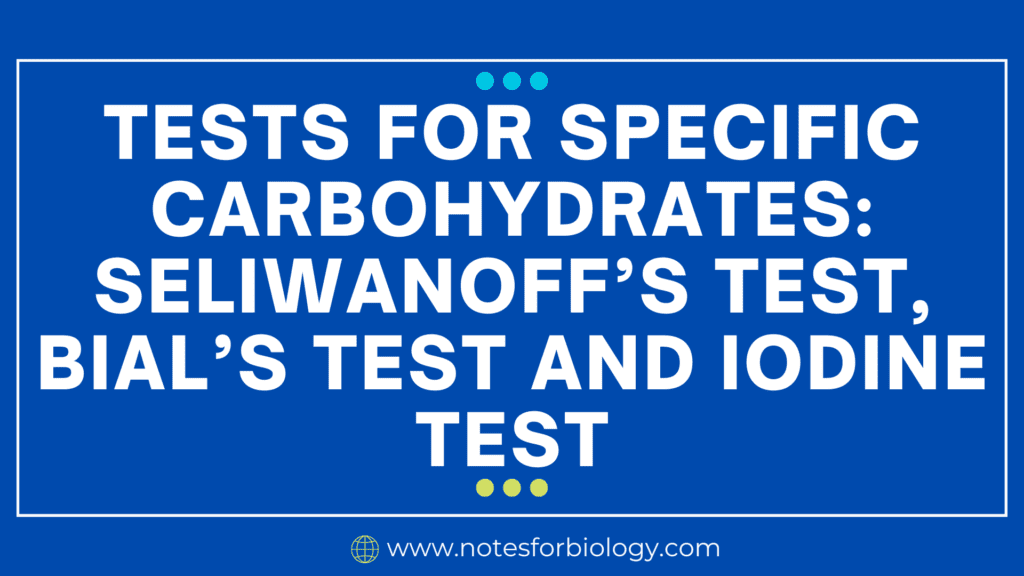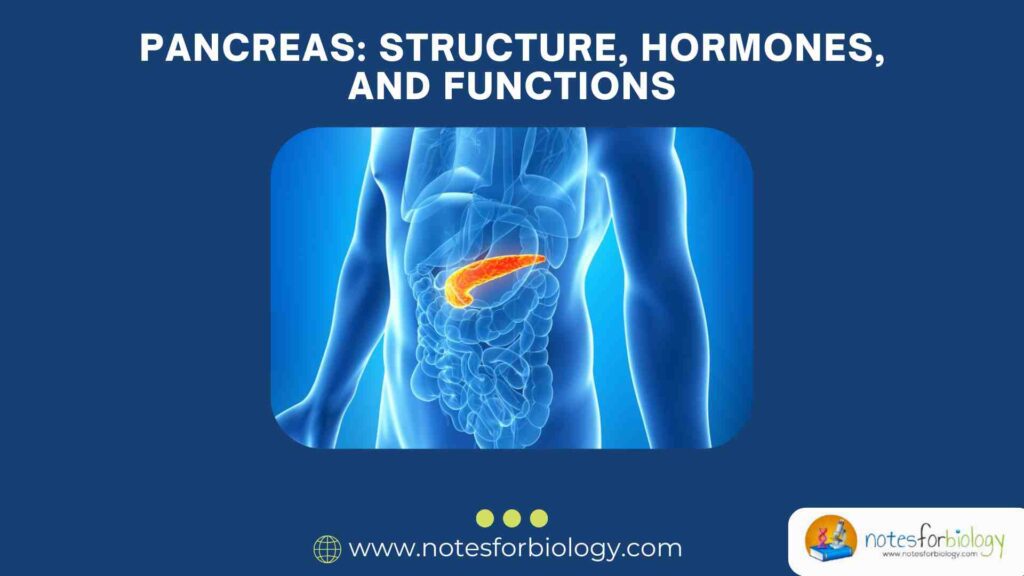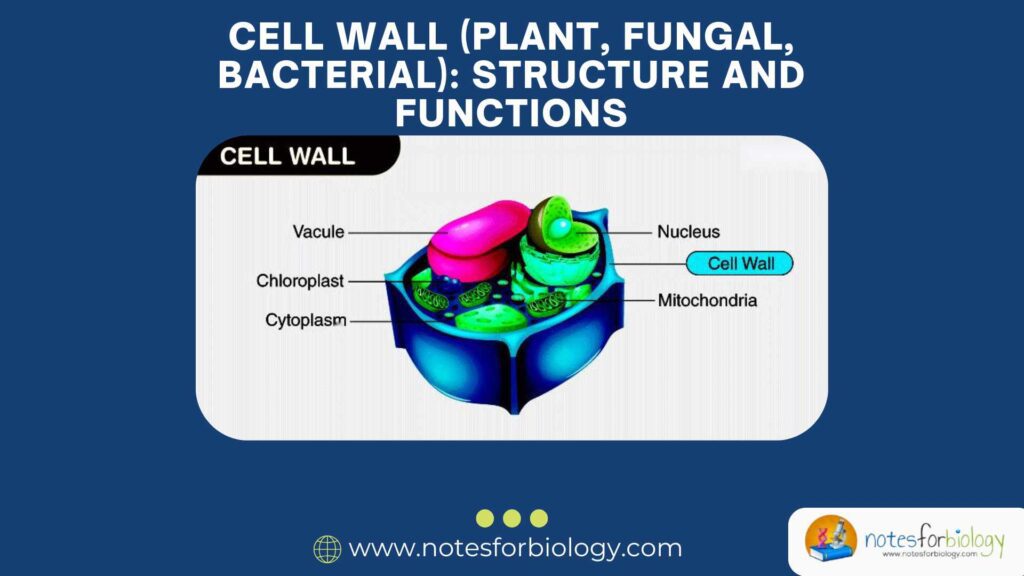Specific carbohydrates refer to distinct categories of carbohydrates that can be identified and characterized based on their chemical composition, functional groups, and biological functions. Specific carbohydrates include simple sugars, such as monosaccharides (like glucose, fructose, and galactose), as well as complex sugars such as disaccharides (like sucrose and lactose) and polysaccharides (such as starch, glycogen, and cellulose).
Each type of carbohydrate possesses unique characteristics and roles in biological systems, serving functions like energy storage, providing structural support, and facilitating cellular signaling. Identifying specific carbohydrates is crucial for understanding metabolic processes, nutrition, and their applications in food science and medicine.
What is Carbohydrates in biological processes?
Carbohydrates are vital biomolecules that serve important functions in biological processes. They are categorized into simple sugars (monosaccharides) and complex sugars (polysaccharides). To identify and differentiate specific carbohydrates, various chemical tests are used. This overview focuses on three essential tests: Seliwanoff’s test, Bial’s test, and the iodine test.
Table of Contents
Tests for specific carbohydrates
1. Seliwanoff’s Test

Purpose
Seliwanoff’s test is designed to distinguish between aldose and ketose sugars, particularly identifying fructose (a ketose) from glucose (an aldose).
Principle
The test relies on the reaction between sugars and concentrated hydrochloric acid in the presence of resorcinol. When ketoses like fructose are heated with these reagents, they undergo dehydration, forming a compound that reacts with resorcinol to produce a distinctive color change. In contrast, aldoses do not yield the same color reaction.
Procedure
Prepare the Sample: Dissolve a small quantity of the sugar (such as glucose or fructose) in a test tube.
Add Reagents: Introduce a few drops of concentrated hydrochloric acid followed by a few drops of resorcinol into the test tube.
Heat the Mixture: Gently heat the test tube in a water bath for several minutes.
Observe Color Change: After heating, check for any color change.
If a cherry-red color appears, it indicates a positive result for the presence of a ketose (like fructose).
If there is no color change or it remains light pink, it suggests an aldose (like glucose).
Applications
Seliwanoff’s test is particularly useful in clinical settings to differentiate between glucose and fructose in urine samples, aiding in the diagnosis of conditions such as fructose intolerance. It is also applied in food science for identifying specific sugars in food products.
2. Bial’s Test
Purpose
Bial’s test is utilized to detect pentoses and certain hexoses in carbohydrate samples.
Principle
This test employs orcinol as a reagent, which, when reacted with pentoses and some hexoses in the presence of hydrochloric acid, produces a colored complex. The intensity of the color can indicate the presence and concentration of pentoses.
Procedure
Prepare the Sample: Place a small amount of the carbohydrate sample into a test tube.
Add Reagents: Introduce a few milliliters of hydrochloric acid along with several drops of orcinol to the test tube.
Heat the Mixture: Boil the mixture in a water bath for a few minutes.
Observe Color Change: After heating, cool the solution and look for any color changes.
A green to blue-green color suggests the presence of pentoses, while a red color may indicate hexoses.
No color change means that neither pentoses nor hexoses are present.
Applications
Bial’s test is extensively used in laboratories to identify pentoses such as ribose and xylose in biological samples, contributing to studies of nucleic acids and polysaccharides. It is also beneficial in food analysis for detecting specific sugars in food products.

3. Iodine Test

Purpose
The iodine test is performed to determine the presence of starch in a sample and is one of the simplest and most effective tests for detecting polysaccharides.
Principle
This test is based on the reaction between iodine (dissolved in potassium iodide solution) and starch. When iodine is added to a starch solution, it forms a blue-black complex, indicating the presence of starch.
Procedure
Prepare the Sample: Create a starch solution or use a sample suspected of containing starch.
Add Iodine: Introduce a few drops of iodine solution directly into the sample.
Observe Color Change: Watch for any changes in color.
A blue-black coloration indicates the presence of starch.
If the solution remains brown or yellowish, it suggests that starch is not present.
Applications
The iodine test is commonly used in food science to check for starch in various food products, helping to ensure quality control and verify ingredients. It is also utilized in biological research to examine the storage forms of carbohydrates in plants, as starch is a major polysaccharide found in plant tissues.
Conclusion
These three tests Seliwanoff’s test, Bial’s test, and the iodine test are essential tools in biochemistry and microbiology for identifying and differentiating specific carbohydrates. Seliwanoff’s test helps distinguish between aldoses and ketoses, Bial’s test detects pentoses and hexoses, and the iodine test identifies starch presence. Each test has its unique principles, procedures, and applications, making them valuable in clinical diagnostics, food science, and biological research. Understanding these tests provides insight into the metabolic and structural roles of carbohydrates in living organisms and various applications in industry and research.
Frequently Asked Questions (FAQ)
Write the uses of specific carbohydrates in biological processes?
Specific carbohydrates play vital roles in biological processes by serving as energy reserves and sources (like starch and glycogen), providing structural support (as cellulose does in plant cell walls), facilitating cellular recognition and signaling (through glycoproteins and glycolipids), and acting as crucial components of nucleic acids (such as ribose and deoxyribose in RNA and DNA).
What are the test of specific carbohydrates?
The test of specific carbohydrates are
1. Seliwanoff’s test
2. Bial’s test
3. Iodine test
Related Articles




